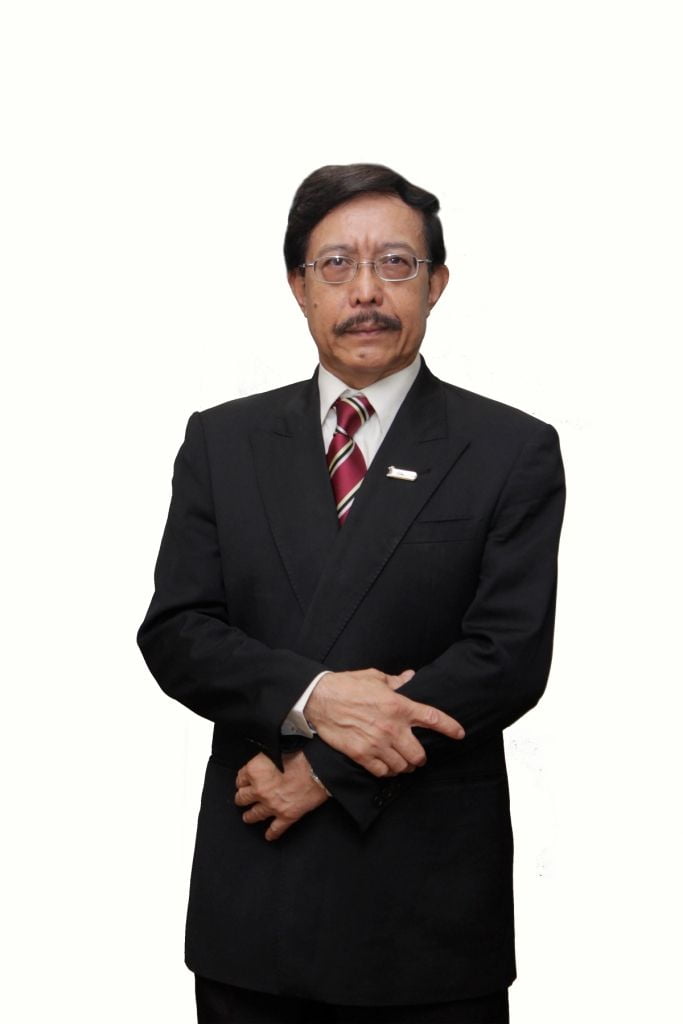
Sabah is the second largest of Malaysia’s thirteen states and lies in the very heart of Southeast Asia. With its vibrant economy transformed over the last decade, Sabah is on a mission to become one of Asia’s most liveable places by 2025.
The Sabah Development Corridor (SDC), launched in 2008, is accelerating the growth of Sabah’s economy and uplifting the lives of its 3.5 million inhabitants and 32 ethnic groups. Through SDC’s three-phase development plan, significant developments have been undertaken.
‘The first phase involved laying the foundations of economic initiatives in the region, investing in workplace-talent and communicating our vision for Sabah’s future’, explains Dr. Mohd Yaakub Johari, president and chief executive officer of Sabah Economic Development and Investment Authority (SEDIA) – the authority tasked with implementing and accelerating and development of the SDC.
The Second Phase of the SDC (2011-2015) involved both public and private sector investments aligned with the country’s national key economic areas as set out in the Malaysian government’s ‘Economic Transformation Program’.
Investments covered tourism, oil and gas, energy, palm oil, agriculture, education, manufacturing and logistics. The State’s capital and main economic driver, Greater Kota Kinabalu, also saw significant direct investment.
‘During the second phase of the SDC, Sabah’s economy consistently grew and the gap with the national economy was reduced’, says Johari. ‘Today’s macroeconomic indicators reveal we are on par with the national average key performance indicators. In fact, our 4.7% GDP growth last year exceeded the 4.2% national-level growth rate’.
With the third phase underway, Sabah is pushing key projects such as the Sipitang Oil and Gas Industrial Park (SOGIP), the Marine Integrated Cluster (MIC), Sabah Agro-Industrial Precinct, Keningau Integrated Livestock Centre, Kinabalu Gold Coast Enclave, Sapangar Bay Manufacturing and Logistics Cluster (SMLC) and Palm Oil Industrial Clusters (POICs).
‘We are concentrating on market accessibility, container terminal upgradingand the expansion of Kota Kinabalu International Airport to meet passenger traffic demand’, says Johari. ‘Last year, we had a record number of tourist arrivals andwe expect this trend to continue given our flight connections to thirteen major cities in the region’.
Tourists to Sabah can scale Southeast Asia’s tallest peak; Mount Kinabalu, dive in the world-renowned Coral Triangle in Sipadan Island and catch the sun on the pristine beaches of Malaysia’s longest coastline. In addition, investors, entrepreneurs, students and professors are also making their way to Sabah, all eager to take advantage of the opportunities being realized by the SDC.
‘The combined population of ASEAN member countries and China is close to two billion and we intend to leverage Sabah’s central location in the region’, says Johari. ‘Singapore has tremendous expertise in the oil and gas sector and is the logistics hub for the region. As we develop the SMLC economic area and the Sapangar Bay Container Port, we invite our Singaporean friends to collaborate with us and work ever more closely together’.
Having signed numerous investment agreements with Southeast Asian companies, Johari is keen to continue creating strong partnerships. ‘We want to engage with companies who are active in e-commerce, agriculture, bio-technology and the creative industries’, Johari concludes. ‘We have come a long way in the last decade and there are huge economic opportunities in Sabah. We fully expect the pace of development to continue and look forward to realizing Sabah’s true potential’.



